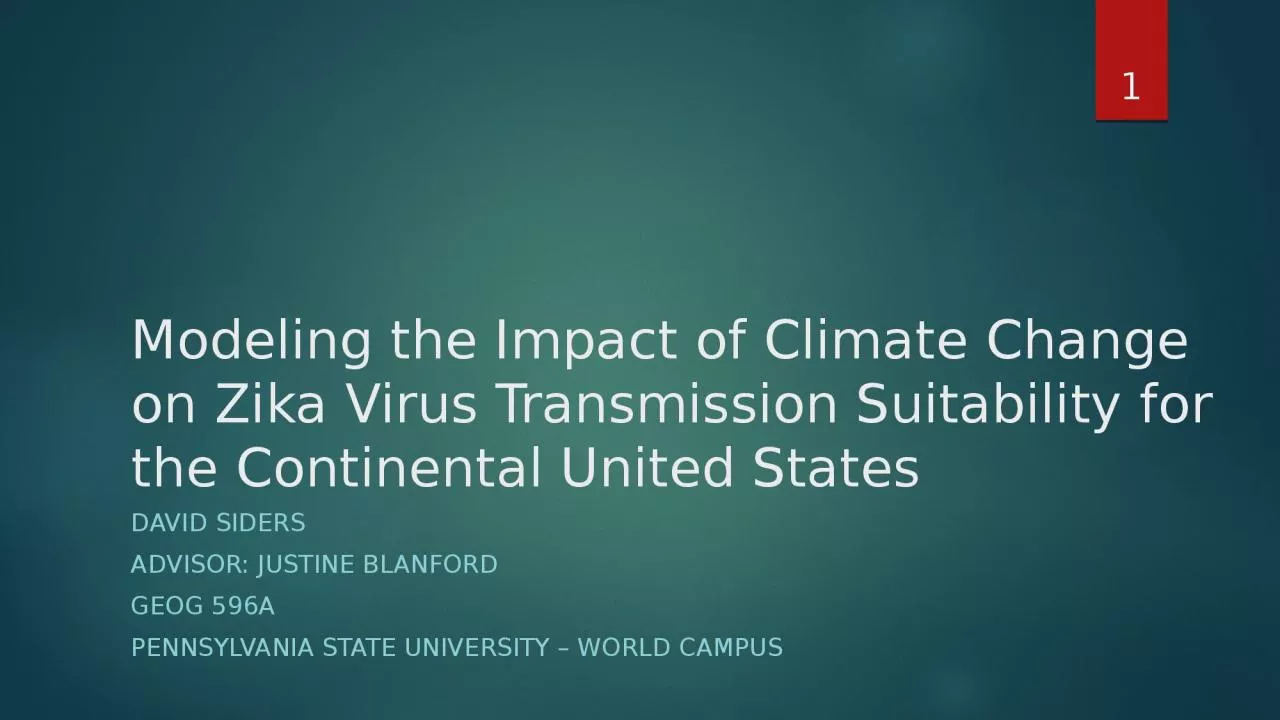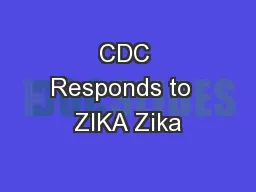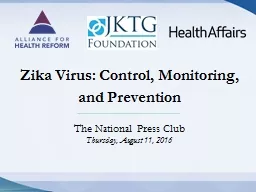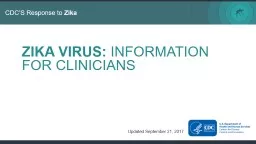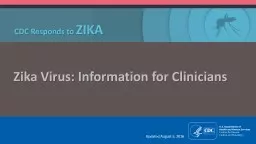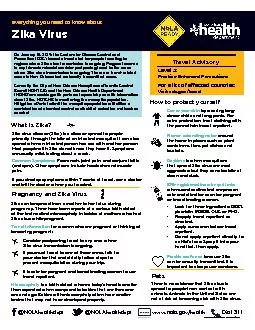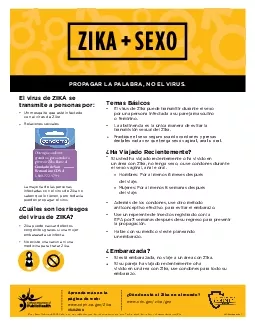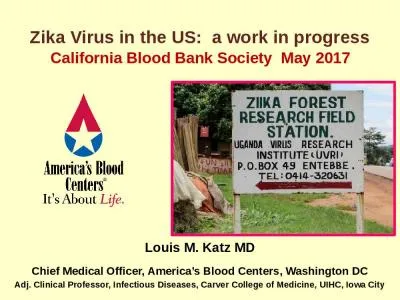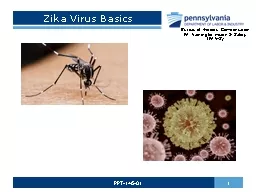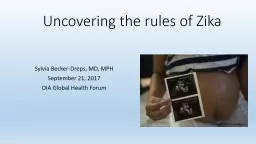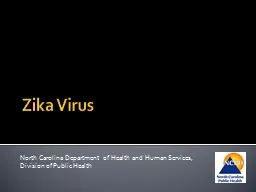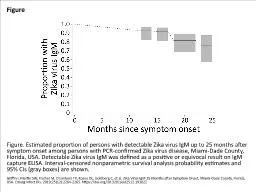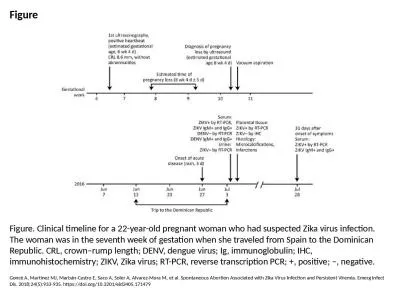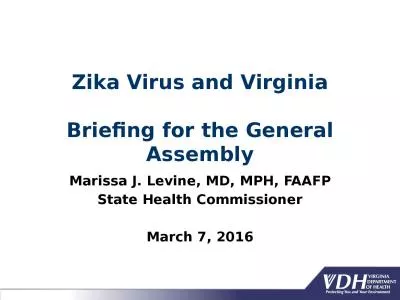PPT-Modeling the Impact of Climate Change on Zika Virus Transmission Suitability for the Continental
Author : reagan | Published Date : 2024-03-13
David Siders Advisor Justine Blanford GEOG 596A Pennsylvania State University World CAmpus 1 Personal Background 13 years of experience in a variety of different
Presentation Embed Code
Download Presentation
Download Presentation The PPT/PDF document "Modeling the Impact of Climate Change on..." is the property of its rightful owner. Permission is granted to download and print the materials on this website for personal, non-commercial use only, and to display it on your personal computer provided you do not modify the materials and that you retain all copyright notices contained in the materials. By downloading content from our website, you accept the terms of this agreement.
Modeling the Impact of Climate Change on Zika Virus Transmission Suitability for the Continental: Transcript
Download Rules Of Document
"Modeling the Impact of Climate Change on Zika Virus Transmission Suitability for the Continental"The content belongs to its owner. You may download and print it for personal use, without modification, and keep all copyright notices. By downloading, you agree to these terms.
Related Documents

